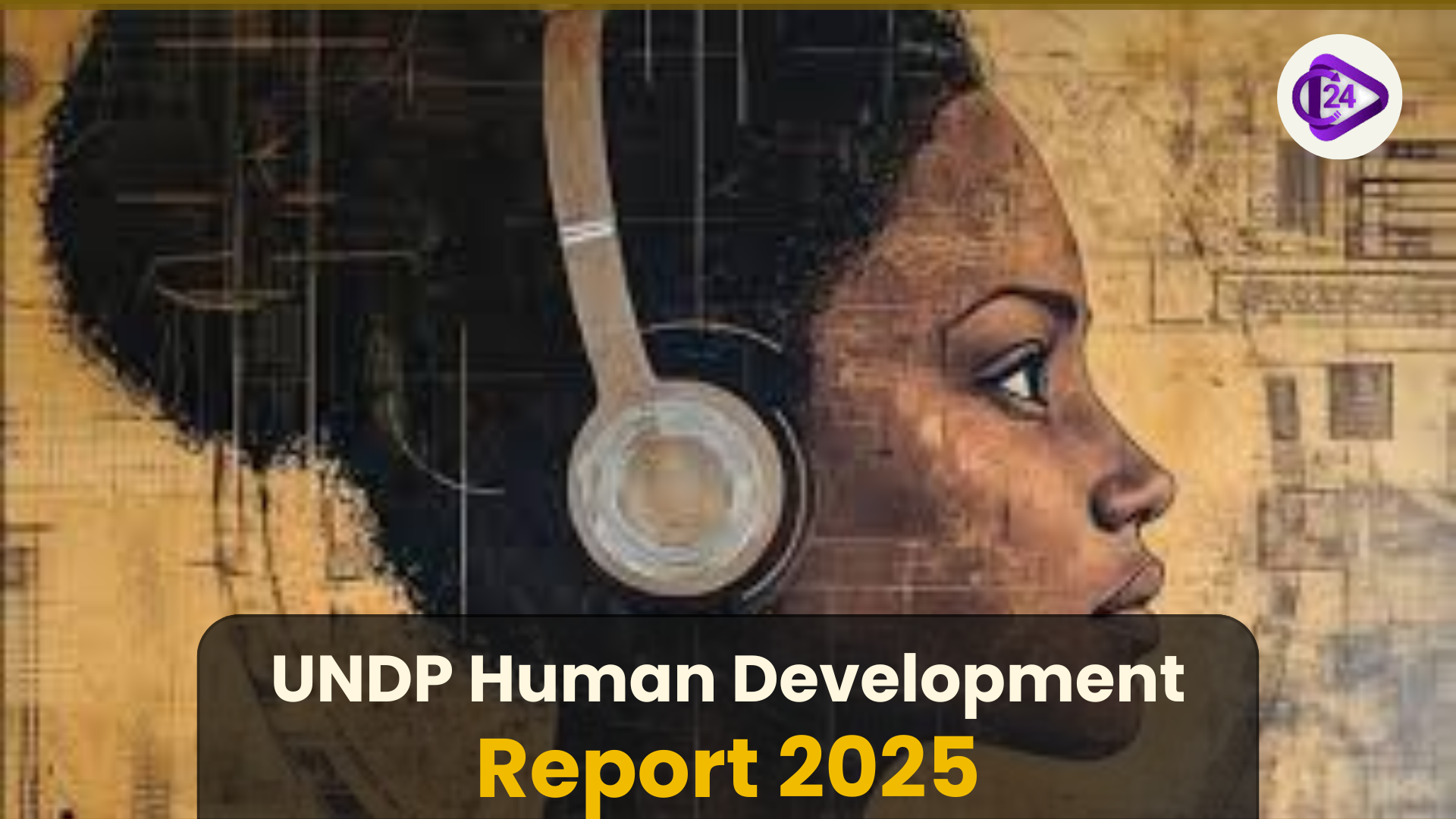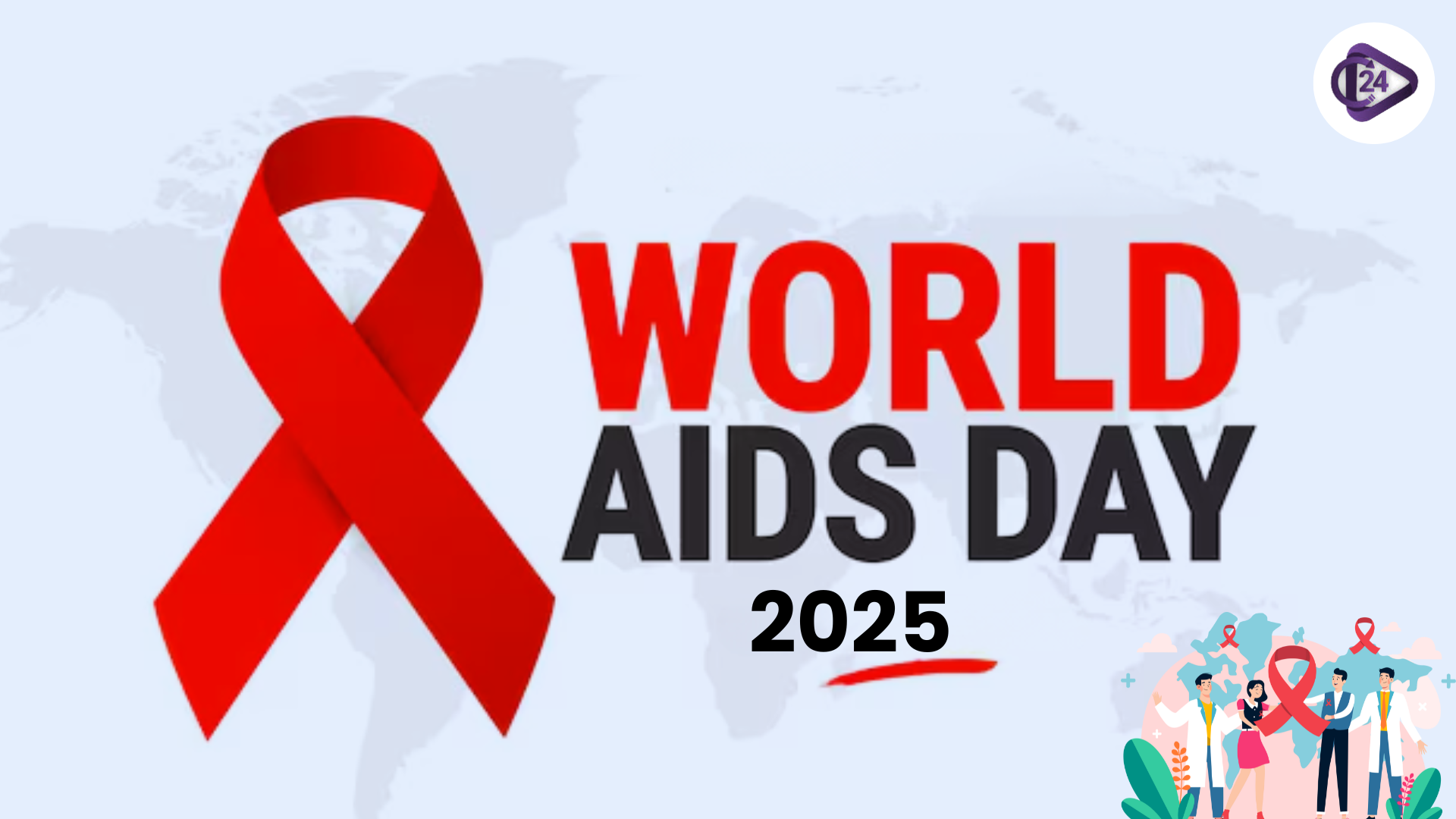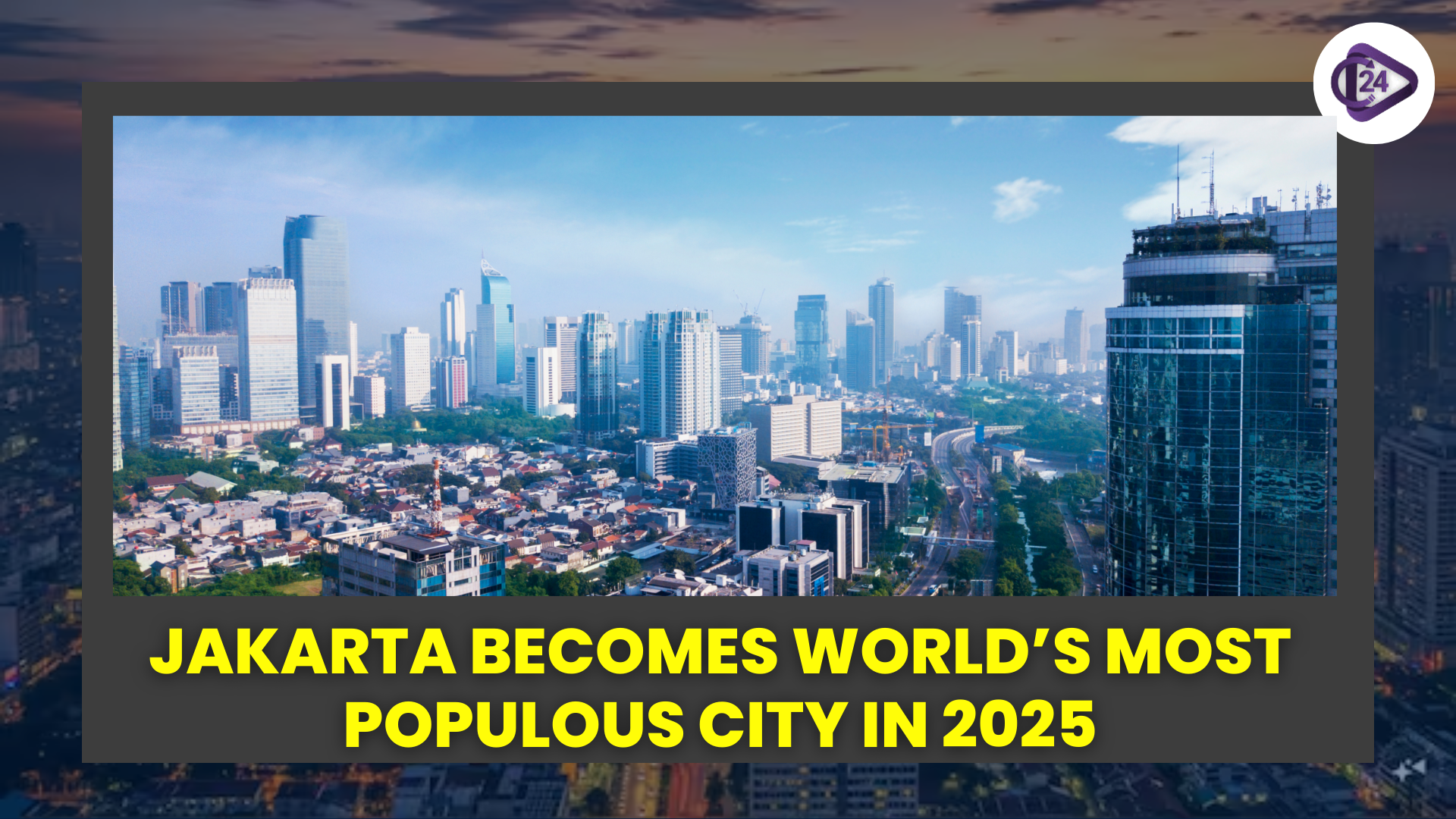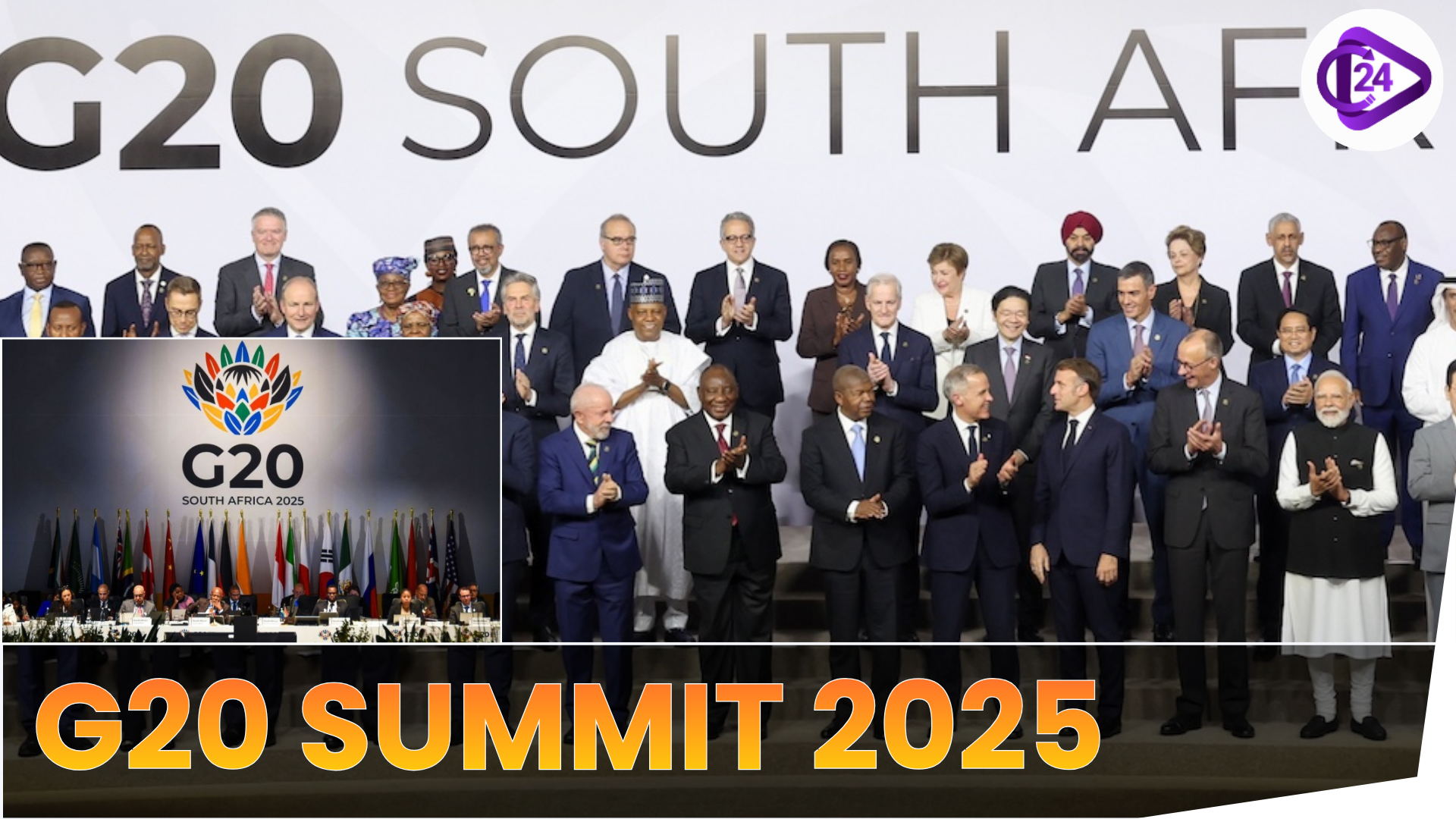
The Human Development Index data for India shows strong improvement which indicates advancements across life expectancy and healthcare delivery and education parameters. Although India demonstrates steady improvement the nation maintains fundamental difficulties in minimizing income disparities and gender equality along with female labor force engagement. The UNDP report shows India has successfully reduced poverty rates while demonstrating increased per capita gross national income yet emphasizes that social inequalities still exist. The improvement in India's HDI score positions it next to high human development status yet the nation stays within medium human development while fighting existing inequalities in equitable development.
Context:
-
According to the Human Development Report 2025 by United Nations Development Programme (UNDP) India now stands at 130th position among 193 countries in 2023 with a three-place improvement from previous rankings.
-
The HDI value now stands at 0.685 near the high human development threshold yet ongoing struggles with equality together with gender biases and income disparities limit overall improvement.
Key Points:
HDI Improvement and Rankings:
-
The world ranking of the Human Development Index for India rose from 133 in 2022 to reach position 130 during 2023.
-
The Human Development Index showed an upward trend by advancing from 0.676 in 2022 to 0.685 in 2023 on its way toward reaching the threshold value of 0.700 for high human development standards.
-
India's Gross National Income (GNI) experienced growth alongside a reduction of its poverty levels.
-
During the last three decades India's Gross National Income per person increased steeply from $2,167.22 in 1990 to reach $9,046.76 in 2023.
-
Between 2015-16 and 2019-21 multidimensional poverty affected 135 million fewer Indians demonstrating that their living standards and welfare improved.
Inequality Reduces HDI:
-
The combination of better health outcomes and education benefits fails to counteract inequality's 30.7% reduction of India's HDI value among the nations in this region.
-
Uneven income levels together with gender-based inequities create obstacles that challenge both fair growth and complete social inclusion.
-
The numbers of working women and their political representation affect India's development indicators.
-
The improvement of women's stake in the workforce and political representation remains slow despite the recent passage of a constitutional amendment that guarantees women one-third of legislative seats. This amendment signals transformative potential.
Life Expectancy and Education:
-
Health initiatives like Ayushman Bharat, National Rural Health Mission and Janani Suraksha Yojana together with other national programs have contributed to a substantial increase in life expectancy across India to 72 years during 2023 from 58.6 years in 1990.
-
National educational policies including the Right to Education Act and National Education Policy 2020 have raised the projected school years for children from 8.2 years in 1990 to 13 years today.
Role of Artificial Intelligence:
-
India stands at the forefront of global artificial intelligence (AI) leadership through remarkable self-reported AI skills penetration across its nation.
-
According to the UNDP report Artificial Intelligence shows great potential to transform India's development trajectory in developing economies that grow fast.
What is the Human Development Report?
Background of HDI
-
Since 1990 the United Nations Development Programme (UNDP) has published the Human Development Reports (HDRs) through which they examine multiple themes using the human development framework.
-
The reports exist to expand human development knowledge past traditional economic metrics including GDP.
-
The reports direct their attention toward human life enhancement alongside making human well-being vital for development execution.
-
Since its introduction in 1990 the Human Development Index (HDI) serves as a principal measurement tool for human development comparison between countries across these reports.
Human Development Index (HDI):
-
Human Development Index functions as a combined measure that tracks average success in developing human potential. The rating system analyzes three essential measures to present a comprehensive development picture which surpasses basic economic expansion. There are 3 factors serve as measurement components for HDI assessment:
-
Three components of HDI
-
Life Expectancy at Birth (SDG 3):
-
The metric tracks how long people live and how well their health remains during their lifetime.
-
-
Expected Years of Schooling (SDG 4.3):
-
The indicator determines the full period of educational enrollment which begins when a child starts primary school.
-
Mean Years of Schooling (SDG 4.4):
-
Adults aged 25 and older achieve education for an average number of years indicating population-wide trends regarding education quality and literacy levels.
-
-
-
Gross National Income per capita (SDG 8.5)
-
The income level of a nation's residents who earn money from both local and foreign sources is measured through GNI per capita.
-
The indicator reveals both an economy's fundamental financial health and its measures for standard of living.
-
Through these three indicators we can get a detailed picture of country life quality which enables nationwide comparisons centered on health metrics and education levels and economic performance.
Conclusion:
The improvement in India's HDI ranking demonstrates steady development across the healthcare and life expectancy, and education sectors. Despite progress, the problem of inequality continues to pose substantial difficulties. The progress of poverty reduction and GNI rise along with gender equality reforms needs to be balanced by comprehensive efforts to overcome ongoing income disparities as well as gender equality and workforce participation gaps if India wishes to maintain its growth momentum.



 Netflix to buy Warner Bros Discovery's Studios, Streaming Unit for $72 Billion
Netflix to buy Warner Bros Discovery's Studios, Streaming Unit for $72 Billion Russia to Join India-led International Big Cat Alliance
Russia to Join India-led International Big Cat Alliance India, Maldives Begin 14th Edition of Exercise Ekuverin 2025
India, Maldives Begin 14th Edition of Exercise Ekuverin 2025 World AIDS Day 2025
World AIDS Day 2025 Riyadh Metro Breaks Guinness World Record as Longest Driverless Metro Network
Riyadh Metro Breaks Guinness World Record as Longest Driverless Metro Network Vietnamese Film ‘Skin of Youth’ Bags Golden Peacock Award
Vietnamese Film ‘Skin of Youth’ Bags Golden Peacock Award India Launches Operation Sagar Bandhu to Support Sri Lanka After Cyclone Ditwah
India Launches Operation Sagar Bandhu to Support Sri Lanka After Cyclone Ditwah Jakarta Becomes World’s Most Populous City In 2025
Jakarta Becomes World’s Most Populous City In 2025 G20 Summit 2025 Overview: Theme, Venue Countries and Goals Explained
G20 Summit 2025 Overview: Theme, Venue Countries and Goals Explained Hayli Gubbi Eruption Raises Regional Alert Across Ethiopia and Neighbouring Nations
Hayli Gubbi Eruption Raises Regional Alert Across Ethiopia and Neighbouring Nations






